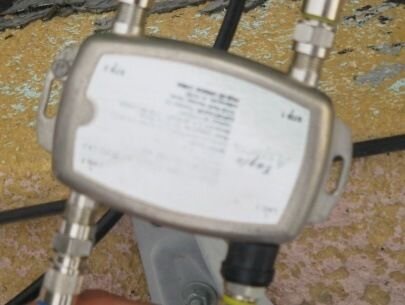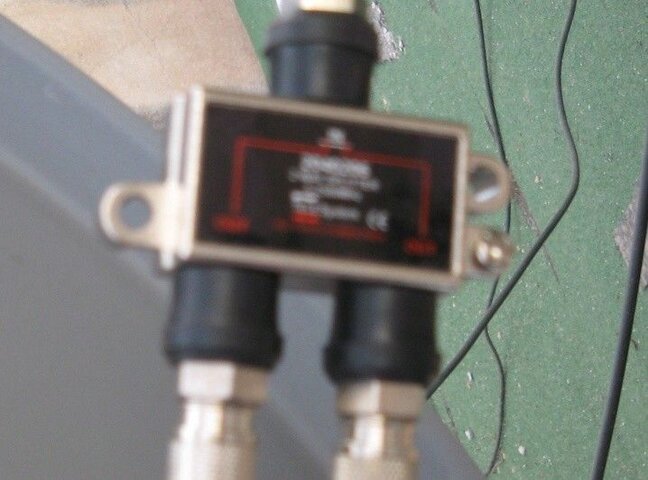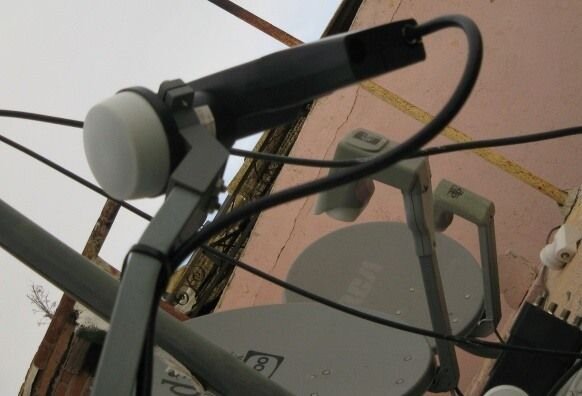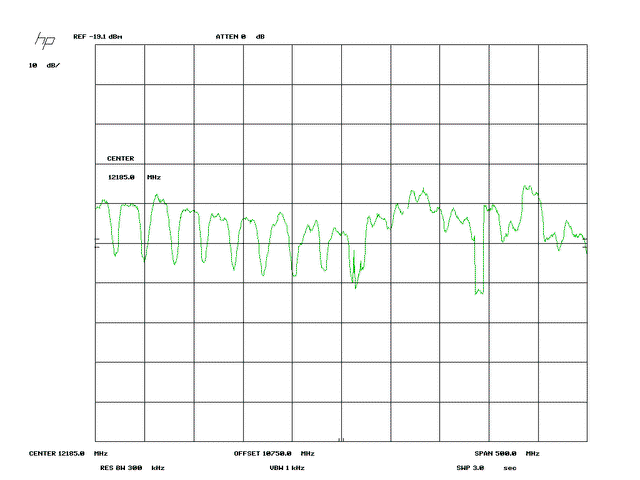I just had a agrisous time with a installer that insisted that I had to change my quad LNBF for a Stacked one, he said if he was not able to install the Stacked LNBF he would not leave the IRD, i let him but as soon as he left I changed the stacked LNBF back to the quad LNBF.
In tech terms
My FTA did not work on the Stacked LNB but did on the quad
I would like to know if a stacked LNBF has any disadvantages
thanks
In tech terms
My FTA did not work on the Stacked LNB but did on the quad
I would like to know if a stacked LNBF has any disadvantages
thanks
Last edited by a moderator:






